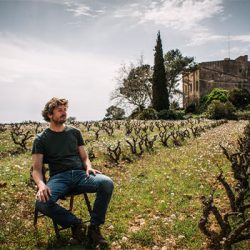Wineries to Watch
During our spring tastings, our critics found these wineries’ releases both impressive and newsworthy—either due to their novelty or to changes the producers have made in their approach to winemaking.
J.C. Somers, Dundee Hills
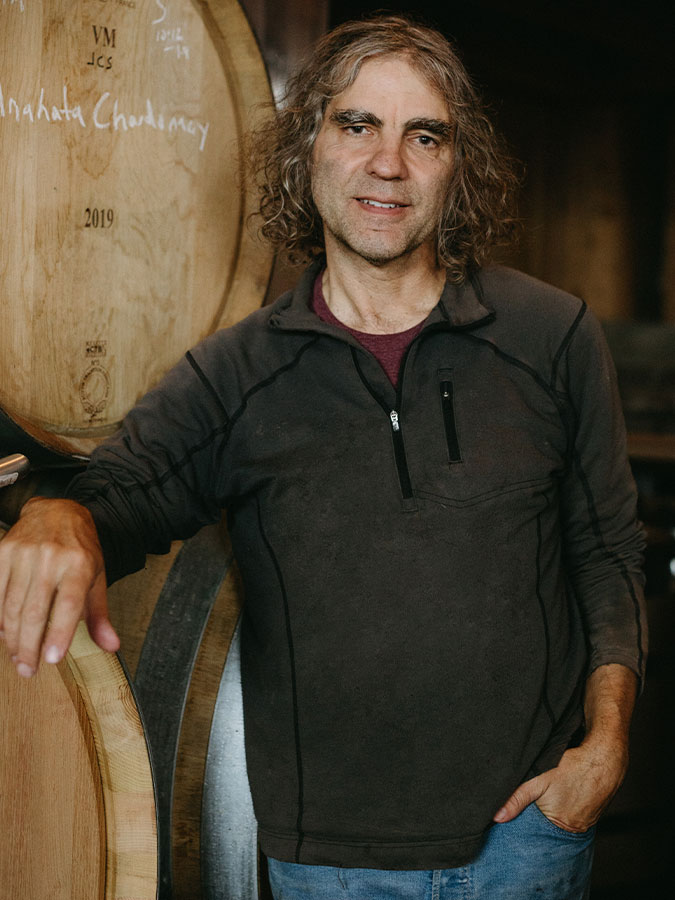

Creative and philosophical differences obliged Jay Somers to leave the winery he founded, J. Christopher, in 2019, 10 years after Ernst Loosen had established a controlling stake. J. Christopher has garnered multiple Top 100 honors over the last decade. Somers’s new winery, J.C. Somers, is a reset, allowing him concentrate on a more manageable case output, to extend his long relationships with growers, and, with respect to pinot noir, to focus his attention entirely on the Dundee Hills. “It’s the place I’m most comfortable with,” he says. “The Dundee Hills feel like my ancestral home.” He works primarily with three vineyards, Abbey Ridge, Bella Vida and La Collina, his blocks mostly planted to old selections like Pommard, Wädenswil, and the Coury clone, suitcased from Alsace in the sixties.
The old European selections are a fit with Somers’s style, which, referring to J. Christopher wines, I’ve described variously as quiet, refined and capable of a restrained exuberance. Somers has carried over that style to the new brand: A wine like the 2019 Abbey Ridge is generous in its red fruit expression but neither flashy nor forward; rather, its mossy, earthy savor grounds the wine and gives it length and complexity. Smaller is definitely better, Somers believes. “I’m responsible for a hundred percent of the work,” he says (that is, along with his partner, Ronda Newell Somers). “No one else touching the wine, it’s all me, and I like it that way.” —P.J.C.
David Paige Wines, Eola-Amity Hills
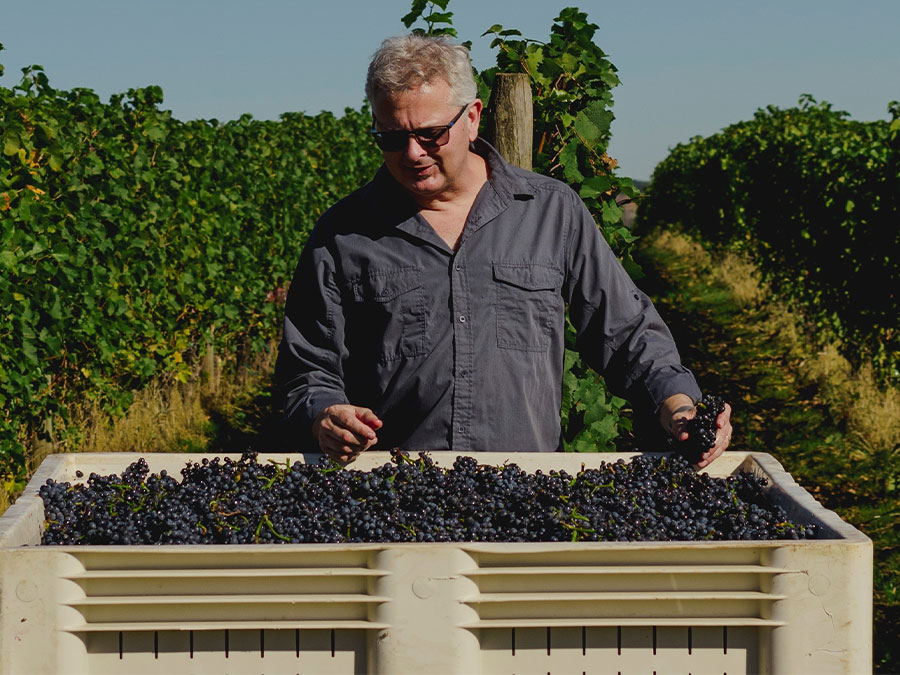

Like Jay Somers (above), Dave Paige has downsized. After a long stint as winemaker for David Adelsheim, Paige has struck out on his own, partnering with John Gorup and George Rickus, two childhood friends from Indiana who had wanted to break into the business. Paige brings plenty of talent and experience to the partnership; at Adelsheim he guided the brand through a thoughtful transition which saw them downsizing, shrinking production and re-orienting into a smaller, more streamlined, and more vineyard-focused winery. He also crafted the wines to reflect a leaner style: They harvested fruit less ripe, the resulting wines exhibiting lower alcohols and trim textures, with a tension and refinement that became a hallmark of the brand.
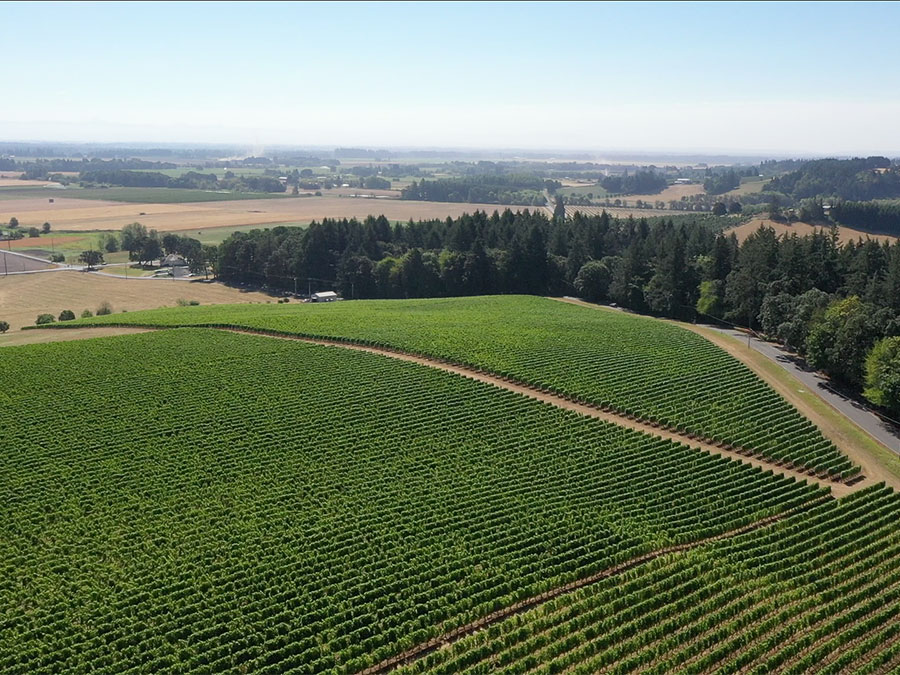

Paige’s new project draws from a small handful of leased sites, but their center of effort is their own RPG vineyard, a 26-acre parcel planted in 1996 on the eastern slopes of the Eola–Amity Hills, set on rocky, shallow, volcanic soils, with 22 acres planted to pinot noir. Paige’s wine style is similarly focused, with perhaps a bit more saturation and depth of flavor than his wines at Adelsheim. His Willamette Valley Pinot Noir from 2019, mostly from RPG, offers sour plum and red cherry flavors that are concentrated and on point, with a sapid texture marked by lively acids, firm and focused. “Being this size allows me to be fussy,” he says. “I have time to explore what each of these blocks are capable of.” —P.J.C.
Riecine, Chianti Classico
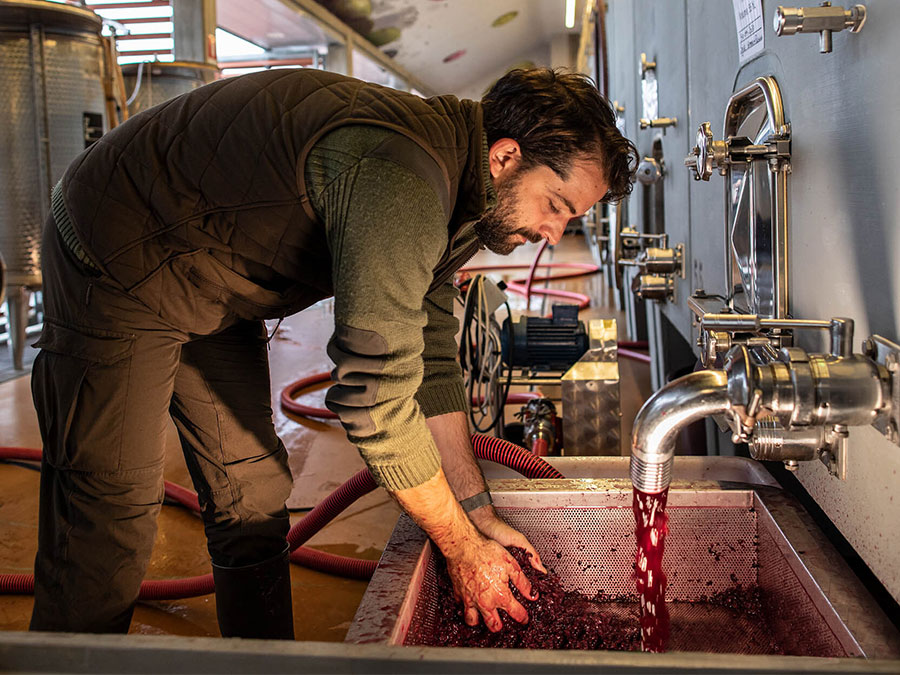

In December 2021, Riecine celebrated the 50th anniversary of its founding by Englishman John Dunkley and his wife Palmina Abbagnano. At the time, it was a four-acre estate in Gaiole in Chianti. Lana Frank bought the estate in 2011 and initiated a renovation and expansion of the winery, including 12 Nomblot concrete eggs and a new sorting table and destemmer. She oversaw the replanting of some vineyards and the purchase of several vineyard plots, hired Alessandro Campatelli as winemaker in 2015 and, a year later, brought back Carlo Ferrini, the prominent consulting enologist who had first worked for Riecine back in the 1980s. The estate has grown to nearly 50 acres of organically farmed vines, including Gittori, an 8.6 acre vineyard of 50-year-old vines that Riecine had rented for 25 years before buying it in 2019.
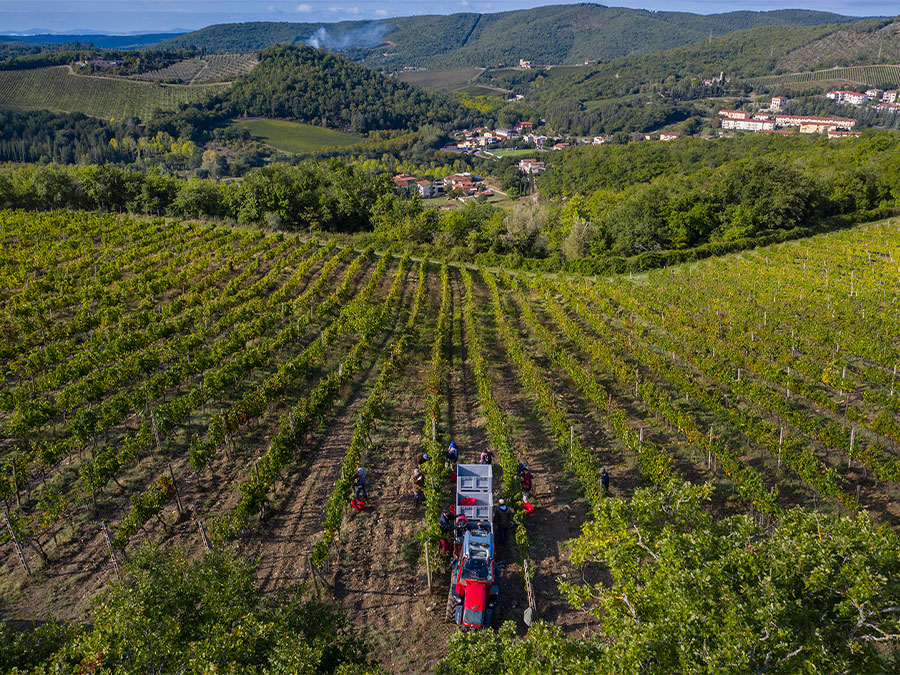

The Riecine team decided to produce its first Chianti Classico Gran Selezione based on the quality of sangiovese from the Gittori vineyard. They were also encouraged by changes the Chianti Classico Consorzio had adopted to strengthen the Gran Selezione category (including raising the minimum of sangiovese to 90 percent and eliminating international varieties from the blend). Riecine’s 2019 Chianti Classico Gran Selezione Gittori shows deep and layered flavors derived from old vines rather than new wood, the fresh fruit tones underlined by a cool minerality and lifted by scents of lavender and thyme. It was the best Grand Selezione we tasted this year, joining Riecine’s Chianti Classico 2019 Annata and Riserva wines, which also led their categories. —S.J.
Hannes Sabathi, Styria
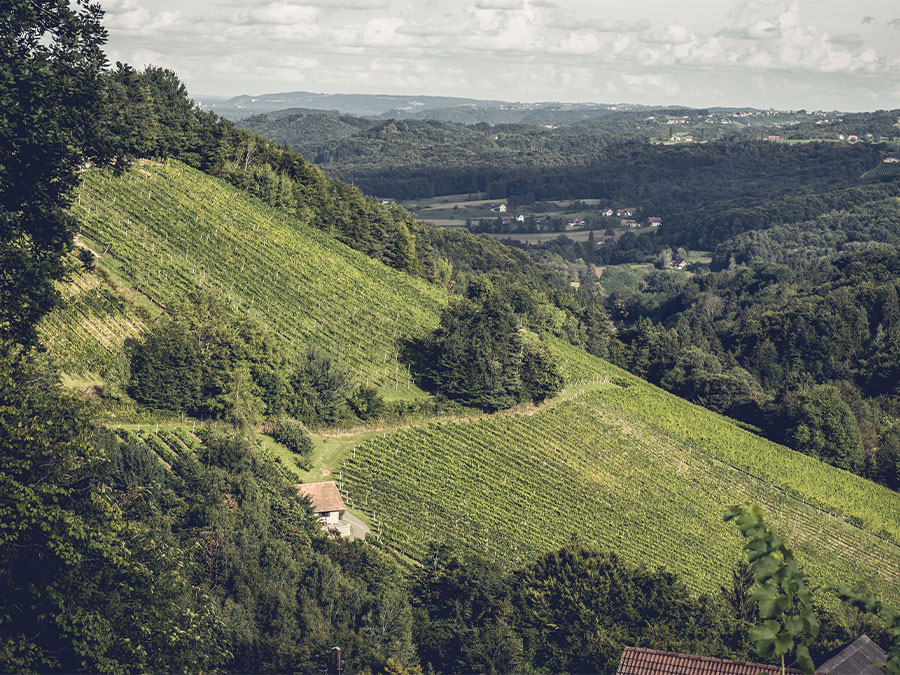

Standing at the top of the Kranachberg, a broad, vine-covered hill rising 1640 feet in elevation, it’s hard to imagine that it was once covered by a sea. But, Hannes Sabathi tells me, that’s why there are so many different soils here. “There’s sand, limestone, chalky, clay, sandy gravel… I harvest every soil separately; that’s my idea of wine, to show the soil in the glass.” It’s a relatively new idea in his family: When he grew up, wine was just one of the things they produced on the farm, to serve with the food at their buschenshank, a casual wine tavern. “My grandfather always made gemischter satz, from a field blend of varieties.”
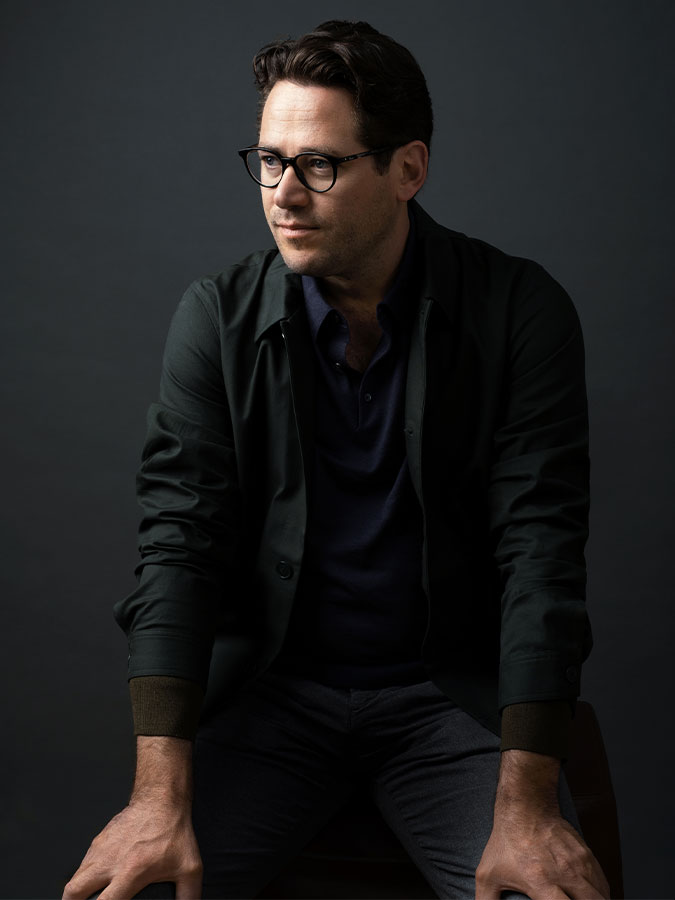

Hannes started making wines at age 18, the day after he finished wine school, in 1998. By 2005, he’d taken over the winery and its 17 acres of vines. Since then, he’s gradually increased the holdings to nearly 100 acres, 40 percent sauvignon blanc, now regarded as Southern Styria’s specialty. His style has changed radically since those early days, he says. “When I started, I was more focused on analytics, sugar, pH. And, in the early 2000s, those were the years of new oak barriques.” Travels in Sancerre, in Italy’s Südtirol as well as in Burgundy convinced him to change tactics. “Now I use thousand-liter barrels, and stainless steel for the fresh-style wines.” Ambient yeast ferments and long aging on the lees without any stirring also help him extract more complexity and detail from the wines, so that in our tastings, the difference between the sauvignon blanc grown on the fast-draining calcareous gravel soils of his piece of Kranachberg and the one from the heavy gray marl *opok of Ried Loren was clear even without any reference to site or soil. Both were delicious: Kranachberg in its chalky mineral flavors and breezy acidity; Loren in its smoky, earthy plumpness. —T.Q.T.
This is a W&S web exclusive. Get access to all of our feature stories by signing up today.




